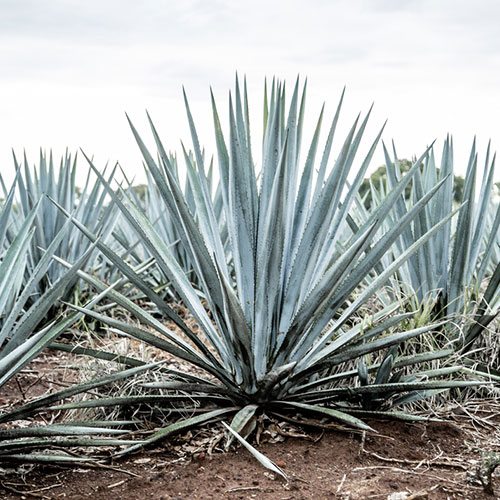
Diabetes and diet: Why Low-GI foods are your friend
Did you know…diabetes is the fastest growing chronic condition in Australia? It’s estimated that around 280 Australians are diagnosed with diabetes each day. It’s not only a major health problem in Australia but is a growing concern world-wide. World Diabetes Day on 14th November is a good time to assess whether you’re choosing foods that nourish and protect you against preventable diseases.
What is diabetes?
When we eat foods containing carbohydrates, a hormone called insulin converts glucose into energy that our bodies use to function. Diabetes is a medical condition where the body doesn’t produce, or doesn’t produce in sufficient amounts, insulin. This means glucose stays in the blood and results in high blood glucose levels, which can lead to serious complications.
There are three main types of diabetes:
- Type 1; an auto-immune condition not related to preventable lifestyle factors.
- Type 2; develops over time and is related to modifiable lifestyle risk factors, such as diet and exercise.
- Gestational; occurs during pregnancy and usually goes away after the baby is born.
What is GI?
GI stands for ‘glycaemic index’ which is a scale that ranks the effect carbohydrates have on blood sugar levels over a period of time.
GI ratings are divided into low, medium and high:
- Low GI: less than 55, e.g. lentils, porridge
- Medium GI: 55 – 70, e.g. wholemeal bread, honey
- High GI: 70+, e.g. white bread, lollies
Foods with a high GI, such as white bread, are broken down quickly during digestion and release glucose into the blood faster than low GI foods. This may lead to the ‘highs’ and ‘lows’ of sugar crashes, appetite fluctuations and moodiness. Aiming for low GI foods means your body gets slow release energy that can help you stay full for longer with more stable blood glucose levels.
Choosing good foods
Prevention is key. Taking care of your health through choosing wholesome foods and regular activity provides long-term benefits and reduces your risk of developing type 2 diabetes.
Try choosing:
- Wholegrains; oats, quinoa (gf), wholemeal and wholegrain bread, brown rice
- Fruit; fresh or frozen
- Vegetables; mix it up, choose a variety
- Nuts; try snacking on a handful of almonds to help stabilise blood glucose levels
- Legumes; high in fibre and low GI
- Cinnamon; may help keep blood glucose levels stable, sprinkle on your porridge.
- Apple cider vinegar; may have favourable benefits on blood glucose levels, add a splash to your smoothie.
Aim to limit:
- Highly processed foods
- Sugar-laden desserts
- Soft drinks
- Foods high in saturated fat, such as fried foods
Remember! Prevention is key for lifestyle-related diseases, like type 2 diabetes. Try adopting a healthy lifestyle with nourishing foods and regular activity. Speak to our in-store Naturopaths and Nutritionists for complimentary advice.
Join the team today to receive weekly savings, direct to your inbox
From The Blog

SUGAR! (Part One) by Elise Ryan
Sugar! A two part series about sugar metabolism and the different “healthy” sugar alternatives. Sugar and how it’s metabolised within the body – Part 1 What is sugar? The body breaks down carbohydrates into simple a sugar called glucose, which ...

SUGAR (Part Two) by Elise Ryan
Sugar! A two part series about sugar metabolism and the different “healthy” sugar alternatives. Fructose and the different ‘healthy’ sugar alternatives – Part 2 Fructose Fructose metabolism is very different. Fructose is converted into free fatty acids, very low density ...

Sugar: Addictive, Tempting, delicious…harmful
Addictive, Tempting, delicious, harmful – sugar can wreak havoc on the body. We all know (or should know!) that white sugar is not that great…. some might even put it in the ‘evil’ category. Check out the list below or some great natural/alternative sugars! ...

Adopting diabetes-friendly foods into your diet
Choosing foods that are ‘diabetes-friendly’ focuses on fresh, wholesome foods and removes sugar-laden and high saturated fat choices, such as lollies and fried foods. While this is typical of a healthy diet, being diabetes-friendly can also include specific foods and drinks ...

